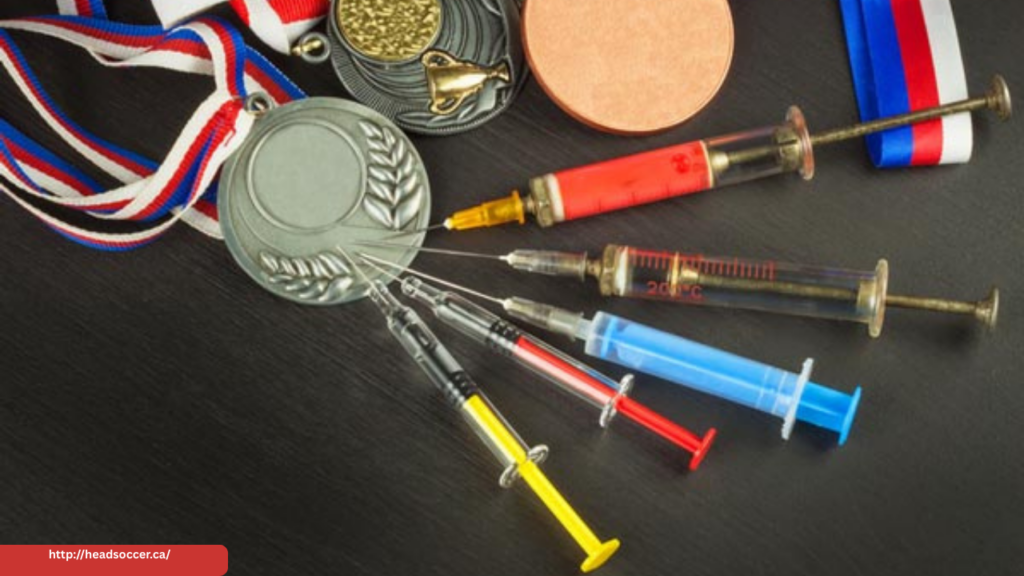
Behind the medals, trophies, and roaring crowds lies a reality that few fans see: the dark side of athletic success. For many professional athletes, the journey to the top is riddled with physical pain, mental strain, and an intense drive to stay ahead of the competition. In this high-pressure environment, substances like performance-enhancing drugs, prescription painkillers, and recreational party drugs often enter the picture. While these substances may offer short-term benefits or escape, they can also lead to long-term consequences, including addiction, health decline, and career collapse.
The Temptation of Performance-Enhancing Drugs
Doping scandals have plagued nearly every major sport. Athletes seeking a competitive edge may turn to anabolic steroids, human growth hormone (HGH), or blood doping. These substances promise improved strength, faster recovery, and increased endurance—advantages that can make the difference between first and second place.
However, doping comes at a steep price. Beyond the legal and ethical concerns, these substances can have serious health implications, including heart problems, liver damage, and hormonal imbalances. Athletes caught doping often face suspensions, stripped titles, and permanent damage to their reputations. The pressure to win at any cost can blind even the most talented players to these risks.
The Trap of Painkillers
Injury is an unavoidable part of an athlete’s life. To stay in the game, many turn to powerful opioid painkillers. Initially prescribed for legitimate medical reasons, these drugs can quickly lead to dependency. Over time, higher doses are needed to achieve the same effect, leading athletes down a dangerous path of addiction.
The opioid crisis has not spared the sports world. Numerous athletes have publicly shared their struggles with painkiller addiction, highlighting the urgent need for alternative pain management strategies. As tolerance builds and prescriptions become harder to obtain, some athletes transition to illegal substances like heroin or synthetic opioids, further compounding the problem.
Escaping Through Party Drugs
The fame and wealth that accompany athletic success often provide access to a lifestyle filled with nightlife and celebration. In these social settings, party drugs like cocaine, MDMA, and alcohol are readily available. For some athletes, these substances offer a temporary reprieve from the pressures of competition and public scrutiny.
However, the use of recreational drugs can quickly spiral into abuse. Cocaine and other stimulants are highly addictive and can lead to erratic behavior, poor performance, and long-term mental health issues. Alcohol abuse is also common, especially among athletes struggling with identity loss, injury, or retirement.
Shedding Light on the Issue
The dark side of athletic success needs to be addressed openly and honestly. Sports organizations, teams, and governing bodies must invest in prevention, education, and rehabilitation programs. Mental health support and drug counseling should be as accessible as physical therapy.
Conclusion
Athletic success often comes at a hidden cost. The pressure to perform, manage pain, and maintain a public image can push athletes toward harmful substances. By confronting these issues head-on, we can begin to dismantle the dangerous culture of silence and help athletes prioritize their health, safety, and well-being over fleeting victories.